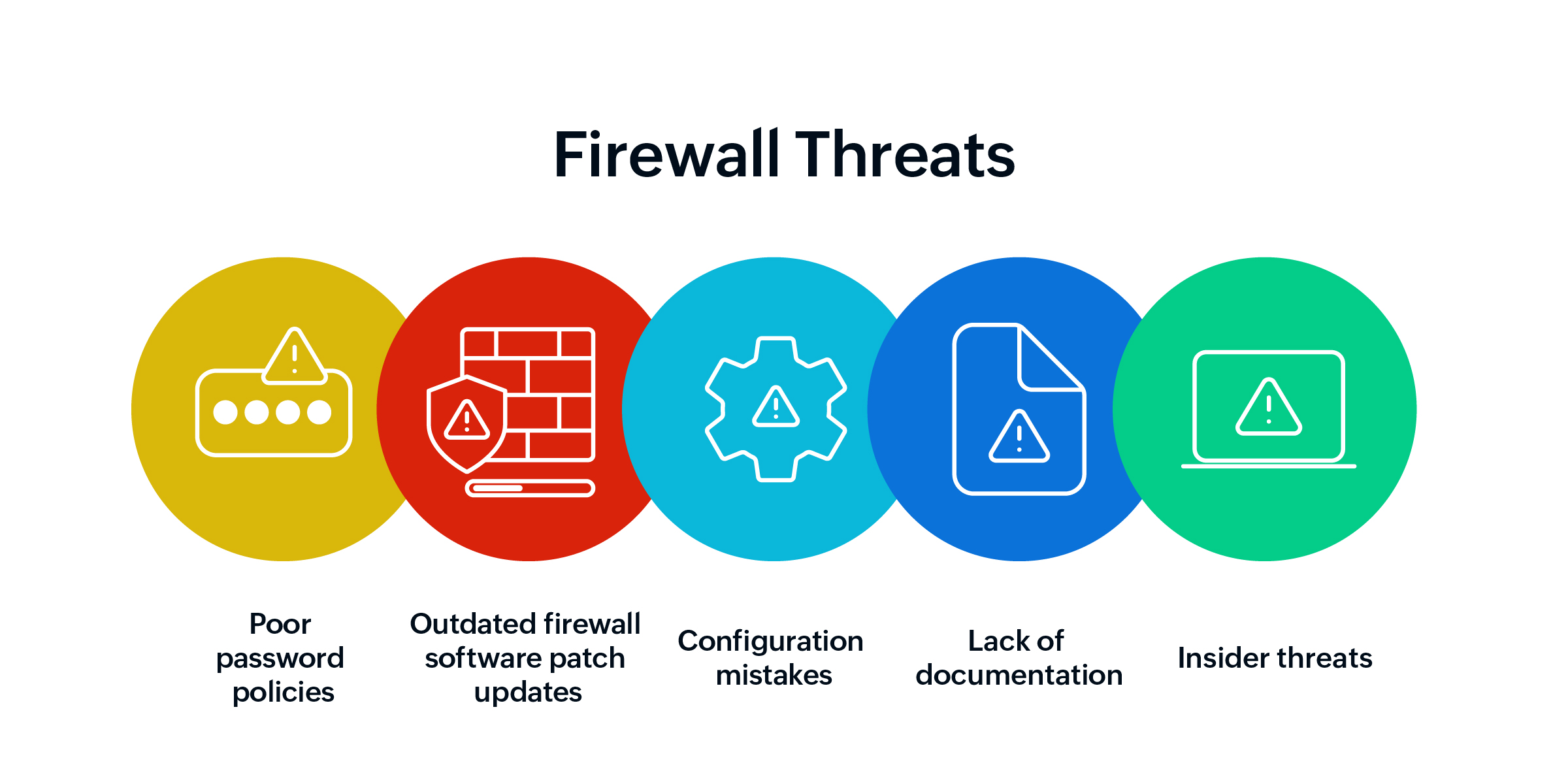A traditional firewall is a fundamental network security device that inspects incoming and outgoing traffic based on predetermined rules. While effective against known threats, they often fall short when confronted with novel attack techniques. Real-time firewalls, on the other hand, employ machine learning, artificial intelligence, and behavioral analytics to dynamically adjust their rules and adapt to new threats as they emerge. This gives organizations an added layer of protection, enhancing the ability to detect, block, and neutralize cyberattacks in real-time.
In this way, real-time firewalls are more agile and capable of identifying zero-day attacks—those exploiting vulnerabilities that are unknown to the public or vendors—by spotting unusual traffic patterns, anomalous behavior, or other indicators of compromise. Unlike static firewalls, which rely on static signatures, these adaptive systems can evolve as threats evolve, providing a more robust and proactive defense mechanism.

As part of a comprehensive adaptive defense strategy, Continuous Threat Exposure Management (CTEM) is a proactive framework that continuously identifies, assesses, and mitigates vulnerabilities and security gaps within an organization’s IT environment. The key distinction between CTEM and traditional vulnerability management is its holistic, ongoing approach. Instead of conducting one-off scans and patching known vulnerabilities, CTEM continuously monitors an organization’s attack surface, identifying not only vulnerabilities but also potential misconfigurations, outdated software, and any gaps that may expose systems to threats.
CTEM works through a series of iterative steps:
Scoping: The first step is to map out the entire attack surface of the organization—this includes understanding the digital assets, cloud services, software, endpoints, and third-party providers in use. By identifying all the assets in the network, organizations can better understand where risks may lie.
Discovery: This stage involves continuously scanning for vulnerabilities, misconfigurations, and other potential exposures. Automated tools constantly monitor new vulnerabilities and misconfigurations that may crop up, keeping organizations aware of any weaknesses in their environment.
Prioritization: Not all vulnerabilities are equally dangerous. CTEM evaluates each exposure's potential impact, exploitability, and relevance to the organization's critical systems, allowing teams to prioritize what needs to be addressed first.
Validation: After identifying vulnerabilities, it's essential to validate the exposures through testing, such as penetration tests or simulated attacks, to verify their existence and assess the level of risk they pose.
Mobilization: The final stage involves taking action to address the vulnerabilities identified, ensuring that remediations are implemented, and risk is reduced.
By continuously identifying and addressing security weaknesses before they can be exploited, CTEM improves an organization’s overall security posture.
Integrating real-time firewalls with CTEM allows for an adaptive defense ecosystem that not only reacts to immediate threats but also anticipates and mitigates risks before they materialize. Real-time firewalls can protect against active attacks, providing an immediate defense layer that blocks threats from spreading across the network. Meanwhile, CTEM ensures that long-term risks are continuously evaluated and addressed, reducing the attack surface by eliminating vulnerabilities and optimizing security settings.
Together, these technologies create a comprehensive defense strategy where each layer complements the other, ensuring that organizations are ready for any threat—whether known or emerging.
The cyber threat landscape is constantly changing. From advanced persistent threats (APTs) to sophisticated ransomware campaigns, adversaries are becoming more innovative and targeted in their methods. Traditional security measures like static firewalls and periodic vulnerability scans are no longer enough to stay ahead of attackers. Organizations must embrace adaptive defenses, including real-time firewalls and CTEM, to ensure they are resilient against both current and future threats.
By leveraging real-time analytics and continuous monitoring, organizations can protect themselves in real-time, detect potential issues before they escalate, and adapt quickly to an ever-evolving cybersecurity landscape.
In a world where cyber threats are growing in sophistication and frequency, adaptive defense mechanisms are essential. Real-time firewalls and Continuous Threat Exposure Management (CTEM) provide a dynamic, proactive approach to cybersecurity that traditional methods simply cannot match. By integrating these technologies, businesses can better defend against cyberattacks, identify risks earlier, and ensure their network remains secure and resilient. As cyber threats evolve, so too must our defense strategies—continuously, adaptively, and in real time.
 Like
0
Like
0
 Dislike
0
Dislike
0
 Love
0
Love
0
 Funny
0
Funny
0
 Angry
0
Angry
0
 Sad
0
Sad
0
 Wow
0
Wow
0